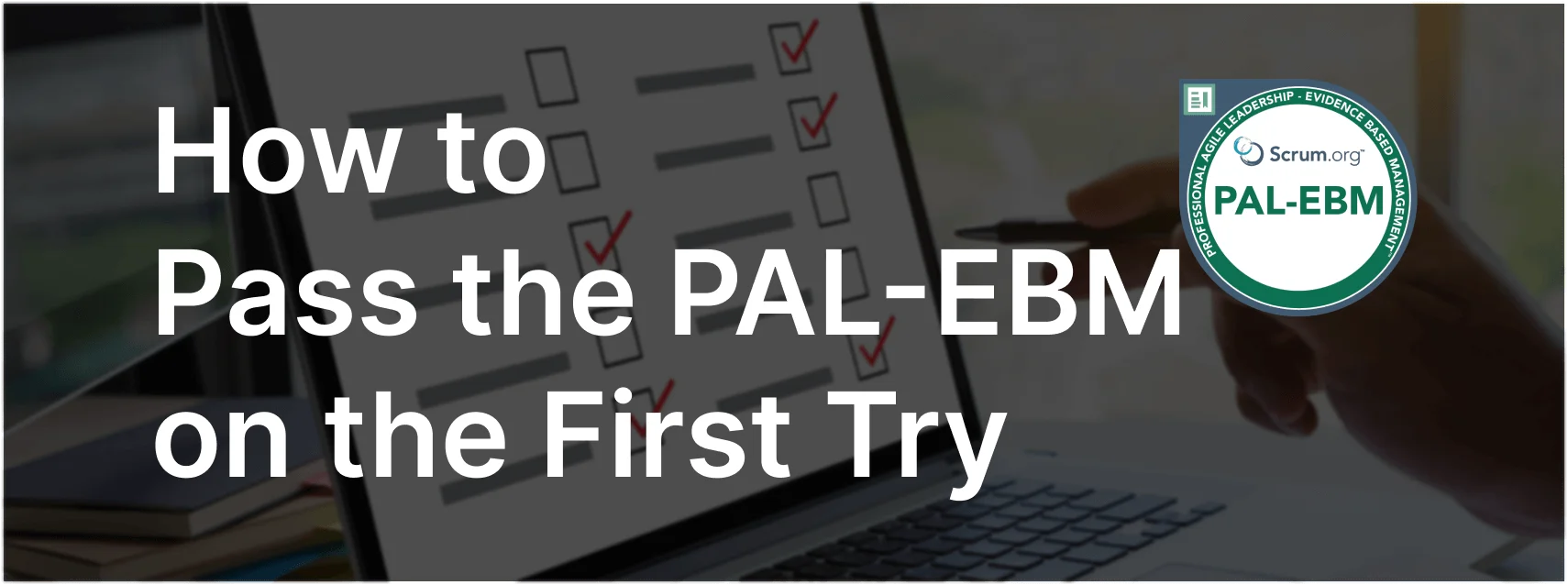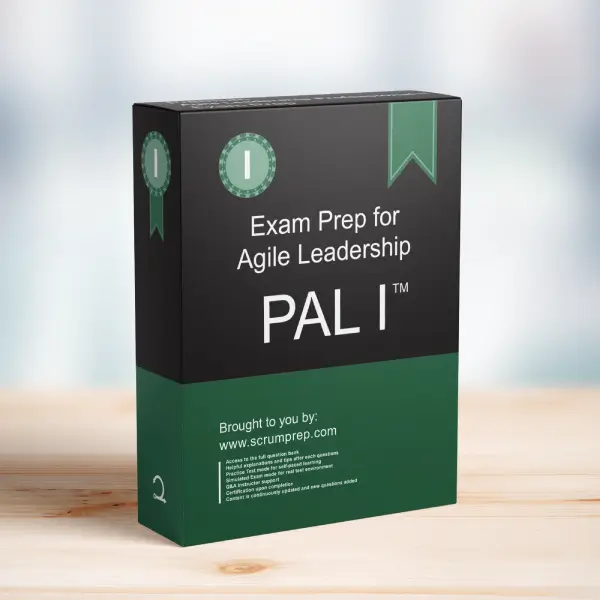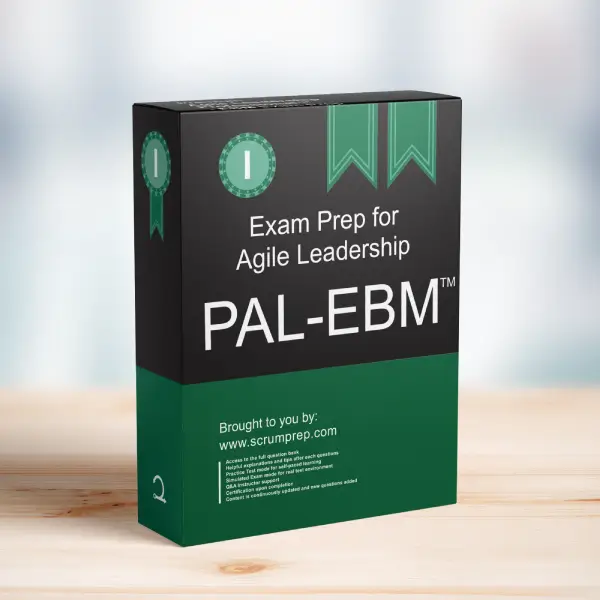Managing Risk with Agile Product Delivery Approaches
Agile product delivery approaches emphasize flexibility, adaptability, and continuous delivery, which can significantly impact risk management. This article examines whether Agile approaches help a team manage risk more effectively than traditional approaches.
Exam Question
True or False: Agile product delivery approaches help a team manage risk more effectively than a traditional approach.
A. True
B. False
Correct Answer
A. True
Explanation
Correct Answer
A. True:
Agile product delivery approaches are designed to manage risk more effectively than traditional approaches. By delivering small, incremental updates and regularly incorporating feedback, Agile teams can identify and address issues early, adapt to changes, and ensure continuous alignment with customer needs and market conditions.
How Agile Approaches Manage Risk Effectively
Frequent Delivery: Agile teams deliver working increments frequently, allowing for early detection of issues and timely adjustments.
Continuous Feedback: Regular feedback from customers and stakeholders helps ensure that the product meets their needs and expectations, reducing the risk of delivering an unsuitable product.
Adaptive Planning: Agile approaches emphasize adaptive planning, allowing teams to respond to changes and new information quickly, minimizing the impact of unforeseen risks.
Iterative Development: By working in iterative cycles, Agile teams can continually refine and improve the product, reducing technical debt and avoiding large, unmanageable risks.
Benefits of Agile Risk Management
Early Problem Identification: Issues are identified and addressed early in the development process, preventing them from becoming larger problems later.
Enhanced Flexibility: Agile teams can pivot and adapt to new information or changes in requirements, reducing the risk of developing irrelevant or outdated features.
Improved Stakeholder Collaboration: Continuous involvement of stakeholders ensures that the product remains aligned with their expectations and reduces the risk of miscommunication or misunderstandings.
Agile Leadership Insights
- Promote Continuous Improvement: Encourage teams to continuously improve their processes and adapt to changing conditions.
- Foster a Culture of Collaboration: Ensure regular communication and collaboration with stakeholders to gather feedback and manage risks effectively.
- Support Adaptive Planning: Empower teams to adapt their plans based on new information and evolving requirements.
Relevance to the PAL I Exam
Understanding how Agile approaches enhance risk management is crucial for the PAL I exam. This knowledge demonstrates the ability to lead Agile teams effectively by leveraging the benefits of Agile to manage risks and deliver value continuously.
Key Takeaways
- Agile product delivery approaches manage risk more effectively than traditional approaches by emphasizing frequent delivery, continuous feedback, adaptive planning, and iterative development.
- Early problem identification, enhanced flexibility, and improved stakeholder collaboration are key benefits of Agile risk management.
- Agile leaders should promote continuous improvement, foster collaboration, and support adaptive planning to manage risks effectively.
Conclusion
Agile product delivery approaches help a team manage risk more effectively than traditional approaches by emphasizing flexibility, adaptability, and continuous delivery. For more information on preparing for the PAL I exam, visit our Professional Agile Leadership PAL I™ Exam Prep.





